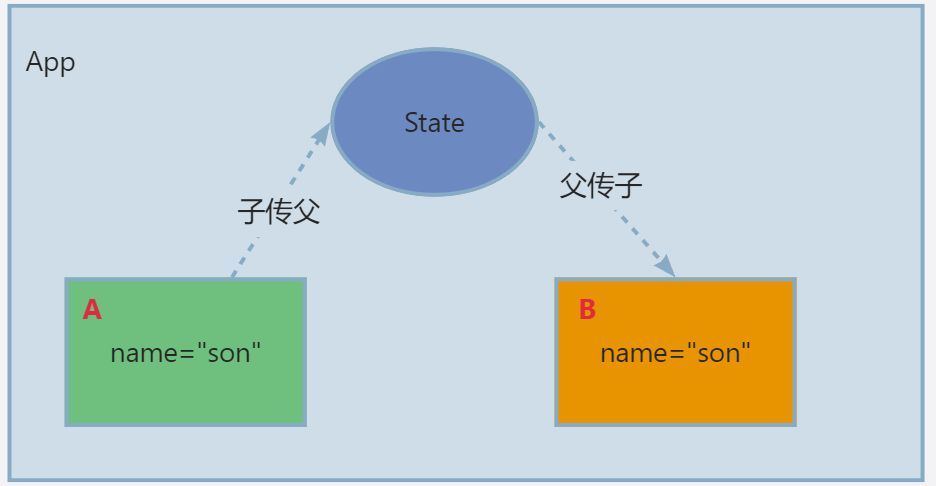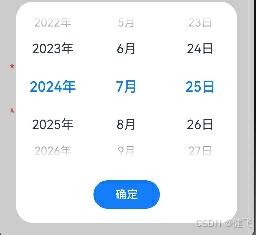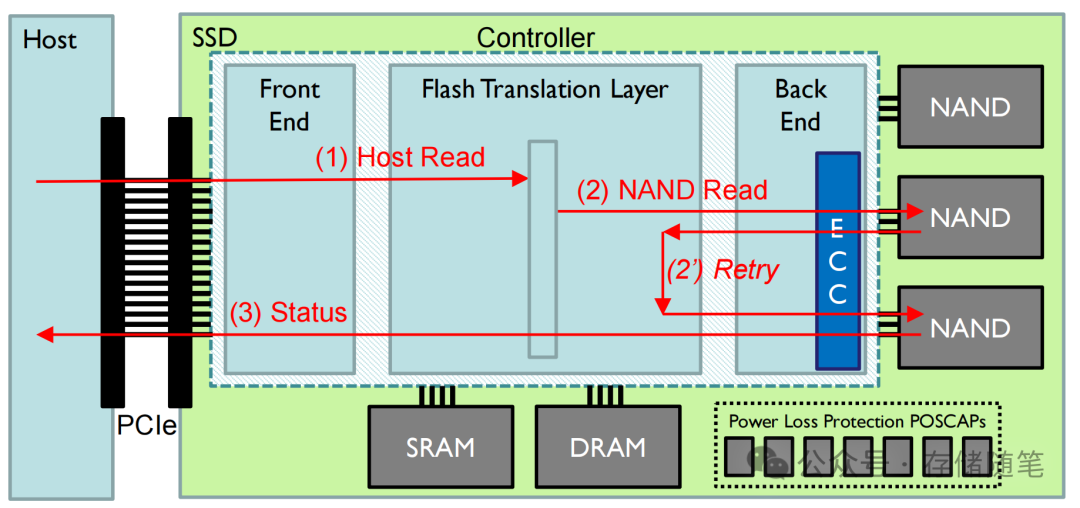一、父传子(props)
步骤
- 父组件传递数据,子组件标签身上绑定属性
- 子组件接收数据,props的参数

// 子组件
function Son(props) {
return (
<div>this is Son, {props.name}</div>
)
}
// 父组件
function App() {
const name = "appName"
return (
<div>
<Son name={name}></Son>
</div>
);
}
export default App;说明
- props可以传递任意的数据
- props是只读对象:子组件只能读取props中的数据,不能直接进行修改,父组件的数据只能由父组件修改
二、子传父
实现:子组件调用父组件的方法传参
// 子组件:结构赋值
function Son({sendMsg}) {
const msg = "this is son msg";
return (
<div>
this is Son
<button onClick={() => sendMsg(msg)}>发送</button>
</div>
)
}
// 父组件
function App() {
const getMsg = (msg) => {
console.log("app get msg is" + msg)
}
return (
<div>
<Son sendMsg={getMsg}/>
</div>
);
}
export default App;
三、兄弟组件(状态提升)
实现:通过共同的父组件进行兄弟组件之间的数据传递
步骤
- A组件先通过子传父的方式把数据传给父组件App
- App拿到数据后通过父传子的方式再传递给B组件
import {useState} from "react";
// A组件:子传父
function A({sendMsg}) {
const msg = "this is son msg";
return (
<div>
this is son A
<button onClick={() => sendMsg(msg)}>发送</button>
</div>
)
}
// B组件
function B({msg}) {
return (
<div>
this son B
<p>{msg}</p>
</div>
)
}
// 父组件
function App() {
const [msg, setMsg] = useState();
const getMsg = (msg) => {
setMsg(msg)
}
return (
<div>
this App
<A sendMsg={getMsg}></A>
<B msg={msg}></B>
</div>
);
}
export default App;四、跨层级(Context机制)
实现步骤
- 使用createContext方法创建一个上下文对象Ctx
- 在顶层组件(App)中通过Ctx.Provider组件提供数据
- 在底层组件(B)中通过useContext钩子函数获取消费数据
import {createContext, useContext} from "react";
// 层级关系:App -> A -> B
// 1. 使用createContext方法创建一个上下文对象Ctx
const MsgContext = createContext();
// A组件
function A() {
return (
<div>
this is A
<B></B>
</div>
)
}
// B组件
function B() {
// 3. 在底层组件(B)中通过useContext钩子函数获取消费数据
const msg = useContext(MsgContext)
return (
<div>
this is B,{msg}
</div>
)
}
// 父组件
function App() {
const msg = "this is app msg";
return (
<div>
{/* 2. 在顶层组件(App)中通过Ctx.Provider组件提供数据 */}
<MsgContext.Provider value={msg}>
this App
<A />
</MsgContext.Provider>
</div>
);
}
export default App;




















